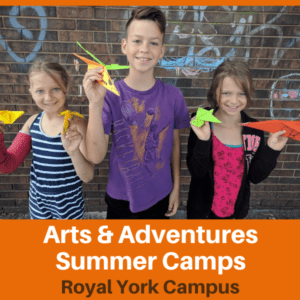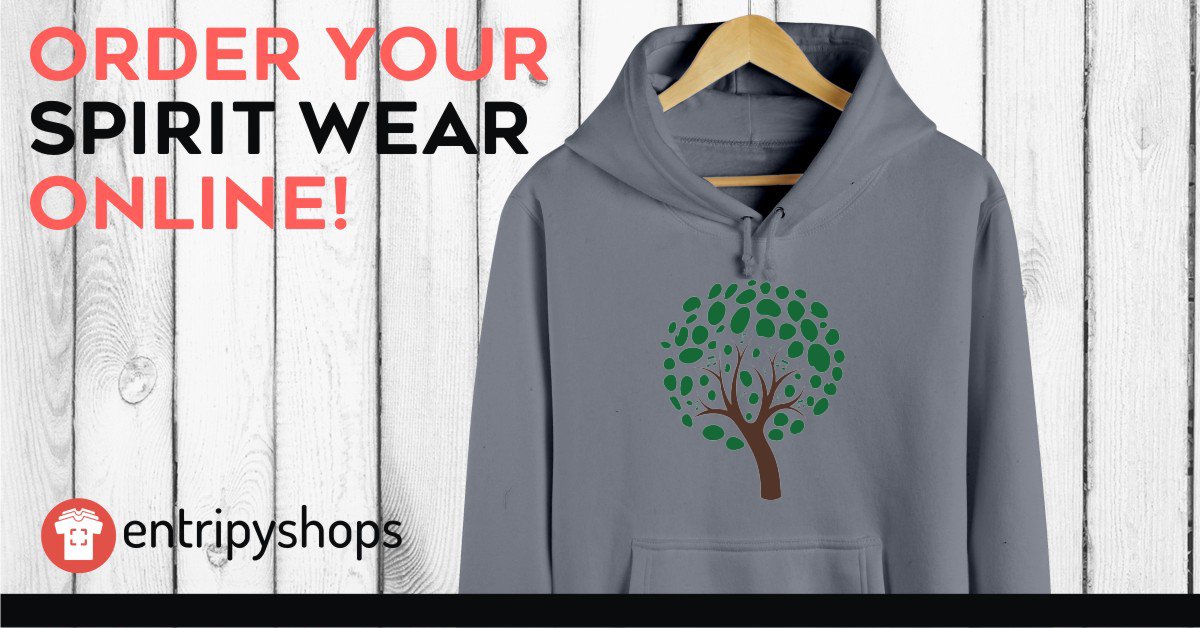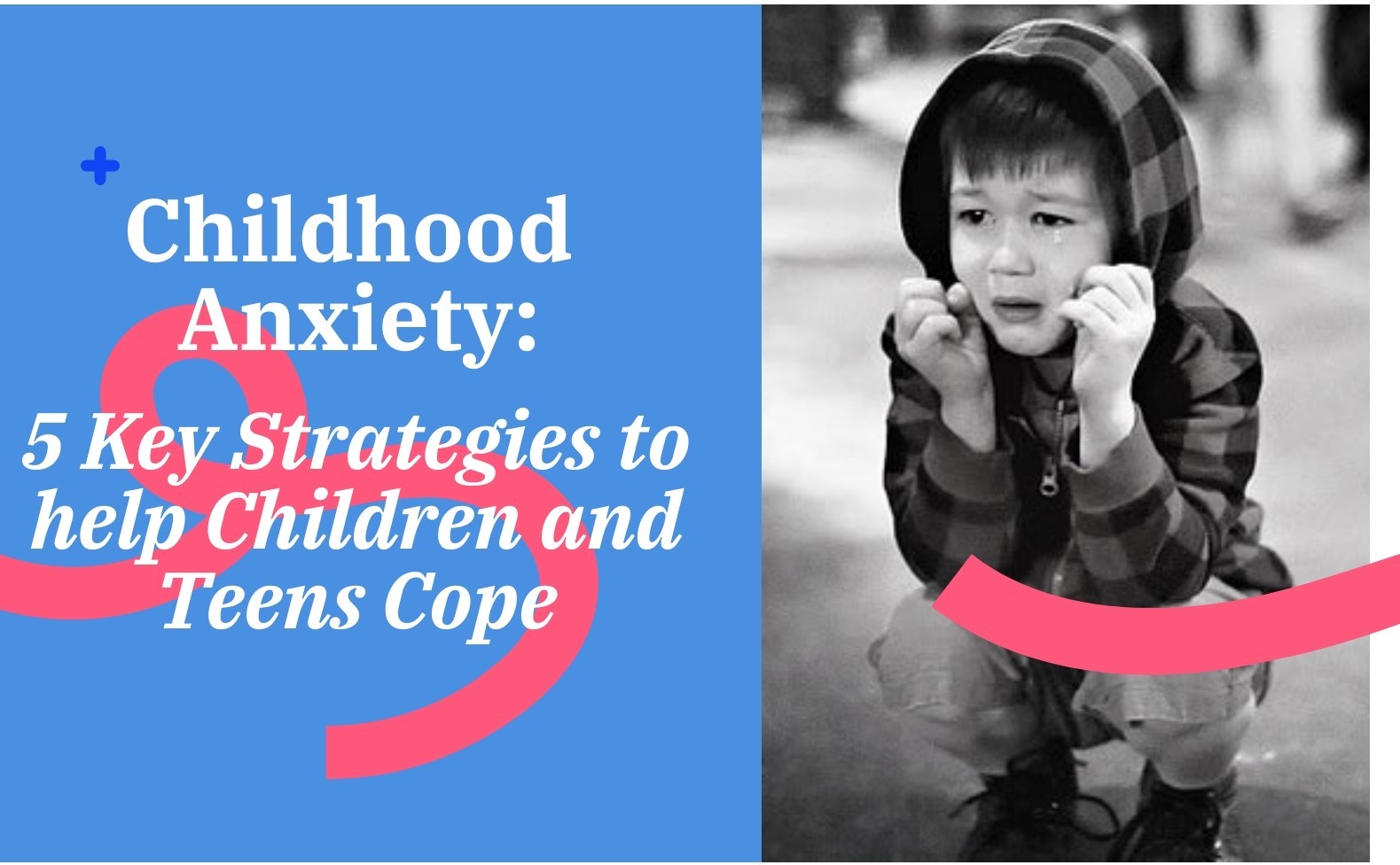
Willow OT recaps the Childhood Anxiety: 5 Key Strategies to help children and teens cope webinar offered by the Institute of Child Psychology
What is Anxiety?
- Panic Attacks
- Separation Anxiety
- Trouble Sleeping
- Tantrums
- Hyperactivity
- Aggression
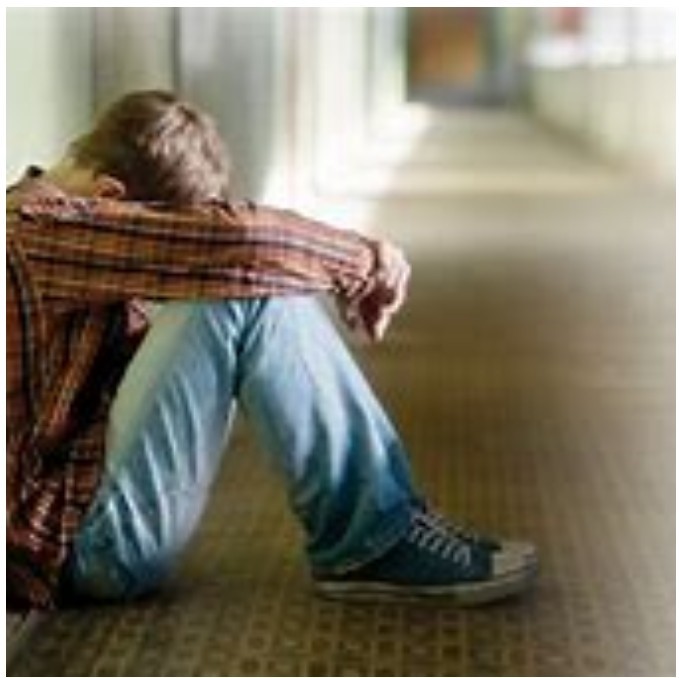
- Avoidance of situations or things that cause fear
- Repeating/racing thoughts
- Physical complaints (tummy aches, bed wetting, headaches, tense muscles, etc.)
- Poor concentration
The word anxiety has a bad connotation in our society. The truth is that anxiety, in moderate amounts, is designed to protect us from danger, and can enhance performance and wellbeing .
For instance, think about your job. If you did not have a small amount of anxiety about paying your bills, having money to provide food for your family, you might not work as hard to perform.

Understanding our Brain
Let’s take a quick tour of the brain so we can understand the brain on anxiety! In our brain we have the limbic system . This is a section of the brain that makes us anxious (let’s call it the EMOTIONAL BRAIN). This is the part of the brain that experiences the environment and will match what is happening to a stressful memory and then starts the threat response (ex: if your child had a scary experience with a dog and then saw a dog, the emotional brain remembers that memory and tells you to fight, flight, freeze or collapse).
The prefrontal cortex is our THINKING BRAIN, which we use for problem solving and important functions. Our thinking brain is still growing until we are 30 years old, so often the thinking brain is not able to rationalize with our anxiety, or understand if you are trying to talk them through their anxiety.
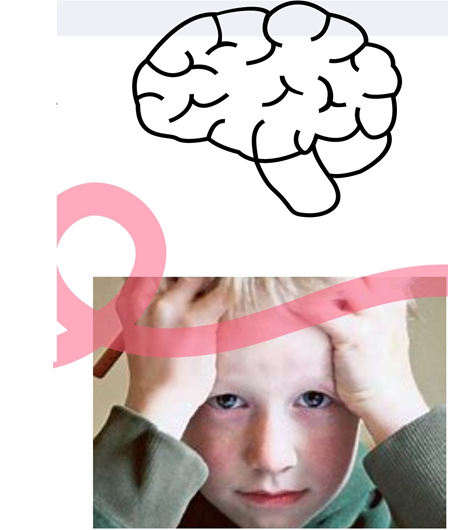
How to Help?
So if you can’t verbally reason with your child in an anxious state, what can you do?
- Check-in on yourself. In order to fully focus our attention on caring for our children, we first need to make sure that we are able to cope and manage our own anxiety.
- Make sure that we are building a relationship with our children based on empathy and not sympathy (see the link below for the difference). This will allow children to feel that they can explore their world so they can grow, but that they will be supported emotionally when things get tough.
- Brene Brown’s video on Empathy
- When a child is feeling heavy emotions, we want to be empathetic; even if we don’t understand their stress/anxiety we need to connect, validate their emotions and let them know it is ok to feel. Help them label their emotion (ex: I see you’re worried about school) and label the feelings in their body (ex: I can see you’re breathing fast and your muscles are tense right now, I can see you’re getting nervous). This will help show them you understand they are having a hard time, and as you give them permission for their emotions,
it will help them talk to you about what they are feeling. This is when you can bring in the strategies that you and your child have worked on and set in place.
5 Key Strategies
Let’s talk about some of the tools the webinar highlights for anxiety. The number one message we like to share as Occupational Therapists, is that it is important to work on these tools with your child when they are CALM. Give them the chance to learn and practice with you when they are in a good frame of mind, so that when they need the tools they have practiced them.
1. Learning Together
When your child is calm, talk about anxiety and what it might feel like. Talk about the physiological symptoms (heart rate, upset stomach, dizziness, sweating or shaking) and provide reassurance that they are all okay reactions to be having, even if they might seem scary.
Youtube has lots of videos to help you out with teaching your child or teen (we added some links below).
2. Breathing Exercises
Deep breathing is the quickest way to help calm down during a fight or flight response, but for it to work we need to breathe for more than 10 breaths! This can be hard for children so do it with them!
Youtube has lots of videos to help you out with teaching your child or teen (we added some links below).
3. Using The Body To Calm
Stress can create physiological effects. So, sometimes changing the way we physically engage our bodies can help to manage our anxiety and stress.
Exercise helps turn off stress hormones and can help us feel calmer. Movements like jumping, walking or running, stretching or load-based can all help. They work by tricking the brain into thinking it has having a “fight” response and trigger the stress response to cease.
Physical contact like hugging, massages or deep pressure can help alleviate stress. In addition to providing a sense of social support, physical touch can actually help to release hormones associated with triggering our “relaxation response”. , However this might not be the case for all individuals. Touch and physical contact can actually be adverse to some and his technique is not appropriate.
4. Work With the Thinking Brain
After you have tried working with the body and the breath, try to bring the child to use their thinking brain to work through stress . Use these following prompts to help children break up negative thought patterns that can occur during stressful episodes.
Have them tell you 5 calming things or 5 nice things they see
Use the 5,4,3,2,1 Grounding technique
i. Name 5 things you see around you
ii. Name 4 things you can touch
iii. Name 3 things you can hear
iv. Name 2 things you can smell
v. Name one thing you can taste
Children have anxiety and stress just like the rest of us, and it is not your job as a parent to stop that or “take away their stress”, but you can listen to them, validate their anxiety, and help give them the tools to cope with and work through their anxiety.
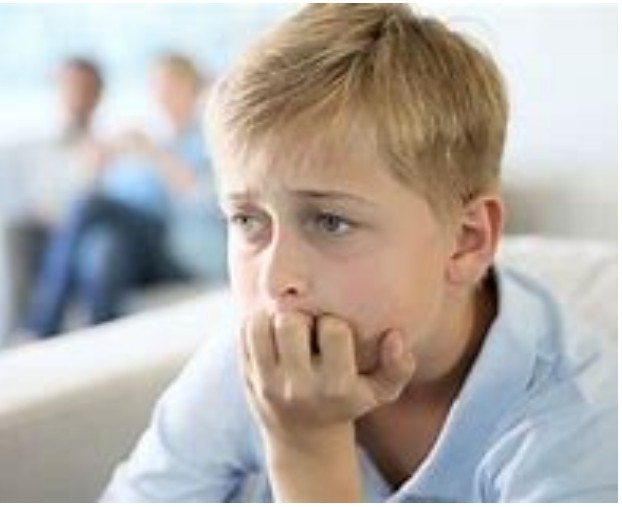
Need help or want to find out more about helping your child or teenager cope with anxiety or stress please don’t hesitate to get in touch with Willow OT to see if we can help!
Kristina Marchiori
OT Reg . (Ont.), MSc (OT), BSc
(Kinesiology) Occupational Therapist
Get updates on new classes, hosted events, and more.

